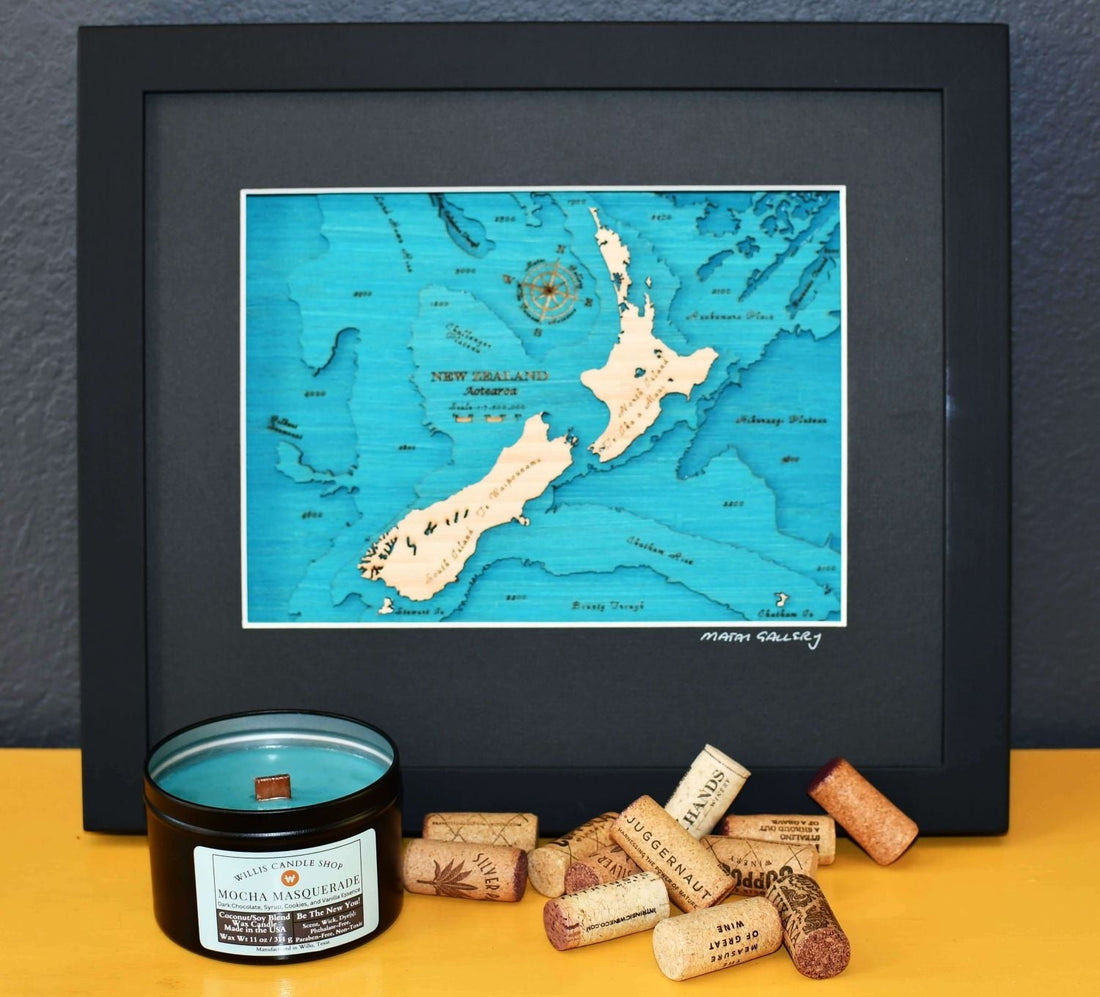
Candle Store Nights in DC | 1 of 1
The Historic Glow of Washington Candlelight
Washington, D.C., has always been a city where light guided leadership, and candles served as both symbols and tools. Walking past colonial-era buildings reminds visitors of how a candle shop once represented community gathering, while a candle store symbolized stability. Residents bought store candles not just for lighting homes, but for holding vigils and ceremonies that shaped the nation’s beginnings (Library of Congress). Today, travelers can still find echoes of a bath and body candle sale tradition through carefully curated historical displays. Candlelight remains woven into American resilience, connecting present with past. This powerful imagery keeps alive the bond between independence, sacrifice, and national spirit. A city born in flame finds its identity preserved through wax and wick.

Economic Trade and Colonial Candle Shops
Colonial D.C. thrived in part through bustling candles store districts, where merchants bartered candles wholesale suppliers and bulk candles to meet growing demand. This was not simply commerce—it was a lifeline that powered early society. Today, cultural articles such as Soy but Elevated highlight how artisanal craftsmanship continues that tradition. Merchants offering candles on sale shaped communities, linking households to the resources they needed daily. Many sought out candle gift set bundles, foreshadowing how modern consumers gift light in ceremonies. Even the concept of a candle set gift recalls early colonial hospitality. Wax exchanges reflected innovation and resilience, supporting the growth of government and commerce (National Archives). These same roots remind buyers today of history’s living marketplace.
Evolution of Wax and Candle Materials
Early chandlers in Washington experimented with tallow before transitioning to beeswax, and eventually soy blends echoing today’s bulk soy candles. Modern craft reflects these same values, especially with soy candle wax bulk innovations. As artisans improved their craft, bulk candle wax shipments formed the backbone of regional commerce. Visitors are often surprised at how these changes influenced broader industry growth (Smithsonian). Candle makers shifted from resource scarcity toward sustainable efficiency, mirroring today’s Phthalate-Free Candles production. Many candle artisans also champion Clean burning candle design, echoing past efficiency. The desire for Safe candles remains central, especially as households look for eco-conscious products. By exploring wax histories, D.C. shows how every candle sale represents more than commerce—it symbolizes tradition adapting through time.
Luxury, Ritual, and Candlelight Culture
Candlelight in Washington often carried prestige, with ornate amber candle holders gracing state dinners and amber candles illuminating private salons. Modern interpretations can be studied through retail optimization, such as internal linking strategies, which parallel historic retail organization. Citizens prized best luxury candles for ambiance, much as households seek scented candles vanilla options today. Rituals tied to seasons inspired products such as the best pumpkin candle and best pumpkin candles, offering warmth in cooler months. Even confections like candle cup cake echoes can be traced to Victorian influences. Household use of candles bulk illustrated affordability in contrast with elite consumption. Each body works candle sale represented not just transaction, but continuity of tradition. Washington’s blend of utility and status makes candle history unique (White House Historical Association).
Washington as a Hub for Candle Manufacturing
The industrial revolution brought larger candle making factory developments and a surge of candle making factories that served federal expansion. These enterprises evolved into influential candle manufacturers and broader candle manufacturing companies. They reflect Washington’s identity as both government seat and industrial hub. Cultural blogs such as Spa Candle Regatta highlight continuity in artistry. These institutions birthed efficiency and uniformity, feeding public demand for wholesale candles while ensuring households enjoyed scented candles on sale. Factories revolutionized local economies, influencing urban planning and labor distribution. Over time, candles shopee varieties reflect globalization of markets. The shift from artisan craft to mechanized production marked a key transition in candle heritage. Washington’s archives showcase how these manufacturers built the foundation of America’s illumination industry.
Candlelight in Political and Social Gatherings
D.C. relied on candles during late-night debates, vigils, and social gatherings. Presidents often discussed policies by the glow of a spa candle, lending ambiance to political decisions (Smithsonian). Families held ceremonies illuminated by beach candle warmth, while city salons displayed imported beach candles for prestige. The growth of candle factory enterprises sustained such gatherings, ensuring light reached every citizen. Candlelit vigils highlighted communal values, symbolizing resilience and patriotism during difficult times. Even cultural experiments like candle hot chocolate events tied food with ritual. Such practices highlight how a candle sale has always been about more than utility—it embodied community and tradition. Through candles, D.C. remains not just a government hub, but a beacon of enduring human connection.
Modern Interpretations of Candlelight Tradition
Today, modern artisans revive D.C.’s candle heritage through innovations like Candles safe for cats and eco-conscious designs. Contemporary makers emphasize safety, offering safe candles that align with responsible living. Meanwhile, modern collections such as the 16oz Coconut Soy Elegant Candle preserve traditions with updated style. Visitors seek candle manufacturers who emphasize both artistry and responsibility, continuing D.C.’s legacy. Globalization links candle manufacturing companies to households far beyond Washington. At the same time, specialty offerings like candles wholesale suppliers illustrate market continuity. These reflections show how Washington’s candle traditions inspire innovation, crafting stories that still resonate with modern consumers. In essence, candlelight connects both past and present in ways uniquely American.
Conclusion: Candlelight as National Memory
Washington, D.C.’s candlelight history stretches from humble candle making factory beginnings to prestigious best luxury candles adorning presidential halls. Every candle gift set purchase echoes earlier traditions, reminding us of continuity. Whether through soy candle wax bulk shipments or artisanal bulk soy candles, the story remains one of adaptation. Historical use of candles bulk remains tied to modern rituals, much as candles wholesale suppliers once supported everyday life. A simple amber candle or seasonal best pumpkin candle keeps alive the traditions carried through centuries. As households explore candles on sale, they continue Washington’s legacy of linking family, community, and nation (National Archives). The glow of history remains unbroken, shining as a timeless bridge between past and present.
FAQs
Why are candles historically significant in Washington, D.C.?
Candles symbolized both practicality and ceremony, illuminating political debates, vigils, and daily life throughout the city’s early and modern history.
What types of candles connect best with Washington’s traditions?
Clean burning options, amber styles, and seasonal scents like pumpkin reflect continuity, echoing traditions of both luxury and community utility.
How can modern buyers honor this candle heritage?
By choosing safe, phthalate-free, and eco-conscious candles, buyers participate in keeping alive a tradition central to Washington’s cultural and political story.
References
- Library of Congress. “Lighting Early America.”
- National Archives. “Colonial Commerce Records.”
- Smithsonian Institution. “Candle Use in Early Washington.”
- White House Historical Association. “Traditions of Candlelight in Presidential Homes.”
This blog post combines factual information with fictionalized elements. Some names, characters, or events may be dramatized for narrative effect. All information presented as fact has been researched to the best of the author’s ability. Any correlation between names and places is coincidental, except for exact city landmarks, streets, and government-owned locations.












